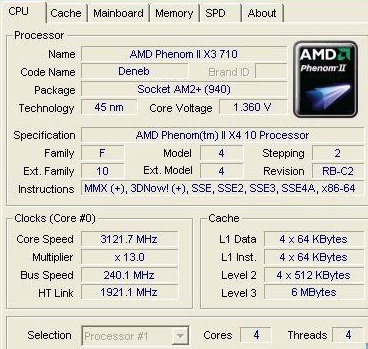
#MAGIC ENGINE BIOS MAC#
On these Mac computers, the root of trust for the UEFI firmware is specifically the T2 firmware, as described in Boot process for an Intel-based Mac.

To help prevent physical attacks that subvert UEFI firmware, Mac computers were rearchitected to root the trust in the UEFI firmware in the T2 chip. This is a hardware architectural limitation common in most Intel-based PCs and present in all Intel-based Mac computers without the T2 chip. Likewise, if vulnerabilities are found in the early boot process of the UEFI firmware (before it write-restricts the storage chip), this could also lead to persistent infection of the UEFI firmware.
#MAGIC ENGINE BIOS UPDATE#
However, an attacker with physical access to the Mac could potentially use hardware to attach to the firmware storage chip and update the chip to contain malicious content. To help prevent rollback attacks, updates must always have a version newer than the existing one. UEFI firmware updates are digitally signed by Apple and verified by the firmware before updating the storage.
#MAGIC ENGINE BIOS CODE#
The UEFI firmware was the first code to execute on the Intel chip.įor an Intel-based Mac without the Apple T2 Security Chip, the root of trust for the UEFI firmware is the chip where the firmware is stored. This section refers to the Intel firmware as the UEFI firmware. EDK2-based code conforms to the Unified Extensible Firmware Interface (UEFI) specification. Since 2006, Mac computers with an Intel-based CPU use an Intel firmware based on the Extensible Firmware Interface (EFI) Development Kit (EDK) version 1 or version 2.


Face ID, Touch ID, passcodes, and passwords.


 0 kommentar(er)
0 kommentar(er)
